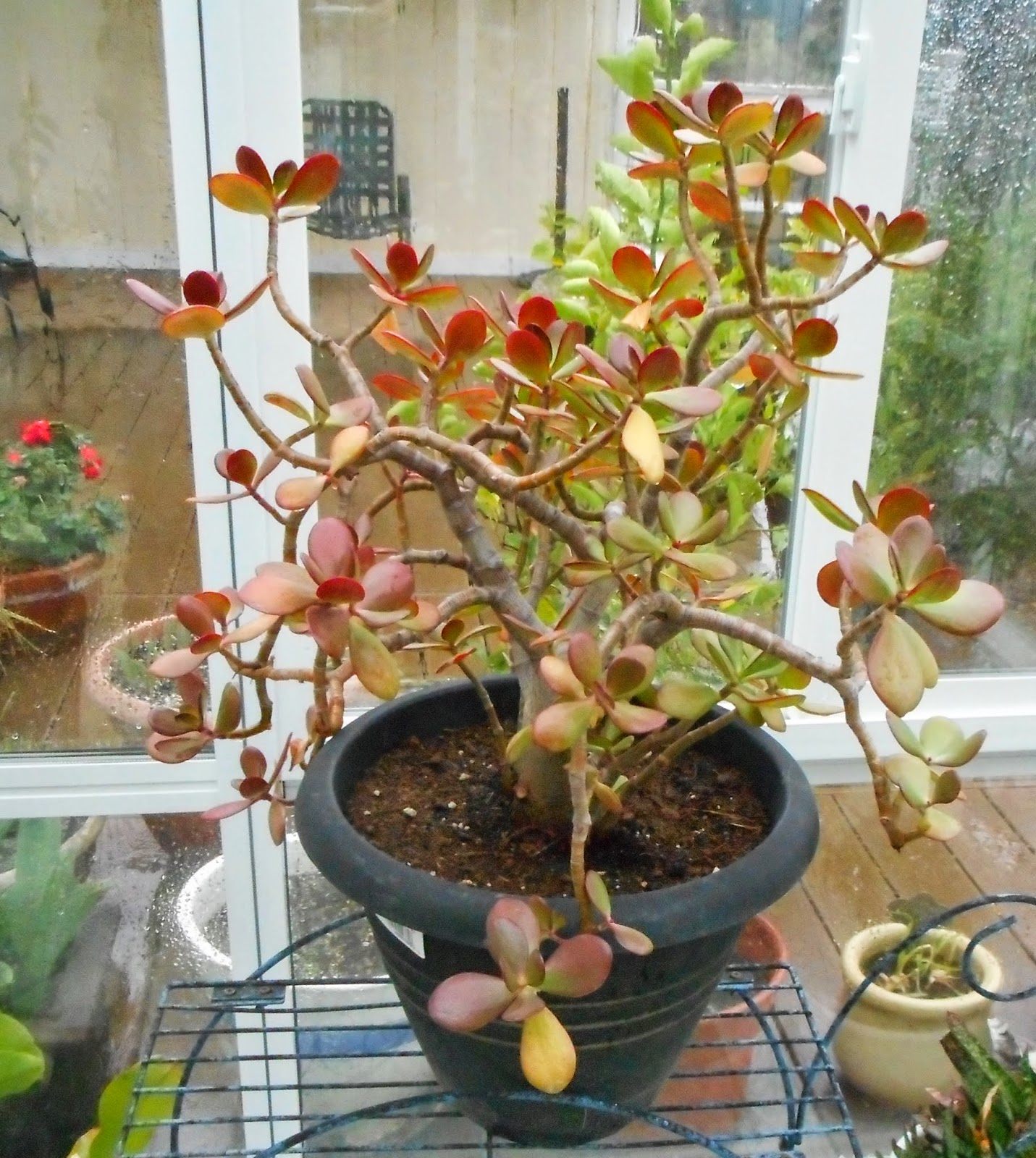| Image of Ember Plum from Starks. |
 |
| Ember Plum Scion. 3.21.15 |
Ember Plum is one of the scions from Fedco, arrived Thursday. I kept in fridge in plastic with wet paper towel, just 2 days. The scion looks healthy.
Some photos were too blurry to use. I did whip and tongue, but the photo that showed the whip and tongue together was too blurry.
Wrapped in Parafilm. It's more awkward than polyethylene, still not sure what I think about using parafilm. At the top of the scion, I melted the parafilm using a match.
I don't know if I have the finesse to do whip/tongue on plums which are more delicate than apple and pear. If it doesn't take, it's my fault, not the scion which looks healthy and viable.
The rootstock Hollywood plum has grown about 1 to 2 inches of new growth, with healthy leaves. I don't know how that will affect take of graft. Impression is it is OK for rootstock to be growing, but scion needs to be dormant.
 |
| Matching size of scion and stock. 3.21.15 |
 |
| Diagonal cuts. 3.21.15 |
 |
| Final Graft. 3.21.15 |
 |
| Redfield Apple Scion. 3.21.15 |
 |
| Redfield Whip and Tongue. 3.21.15 |
orangepippin.com gives Redfield as "Parentage: Wolf River x malus pumila niedzwetzkyana Originates from: United States Introduced: 1938 Developed by: New York State Agricultural Experiment Station, NY " and states not for fresh eating, juice is red. Might be good for apple sauce and pies. Other sites state Redfield is good for cider and jelly.
This went onto a scion that I forgot to label, has good roots and starting to grow at the top.
I think this rootstock was from the old Yellow Delicious semidwarf but could have been a minidwarf from removal of prior suckers from Jonagold. Either is OK. A little better scion/stock match compared to the last grafting attempt.
I wasn't sure if the parafilm was tight enough, so added rubber band. Obviously I'm still no expert.
 |
| Final Redfield Apple Graft. 3.21.15 |






































